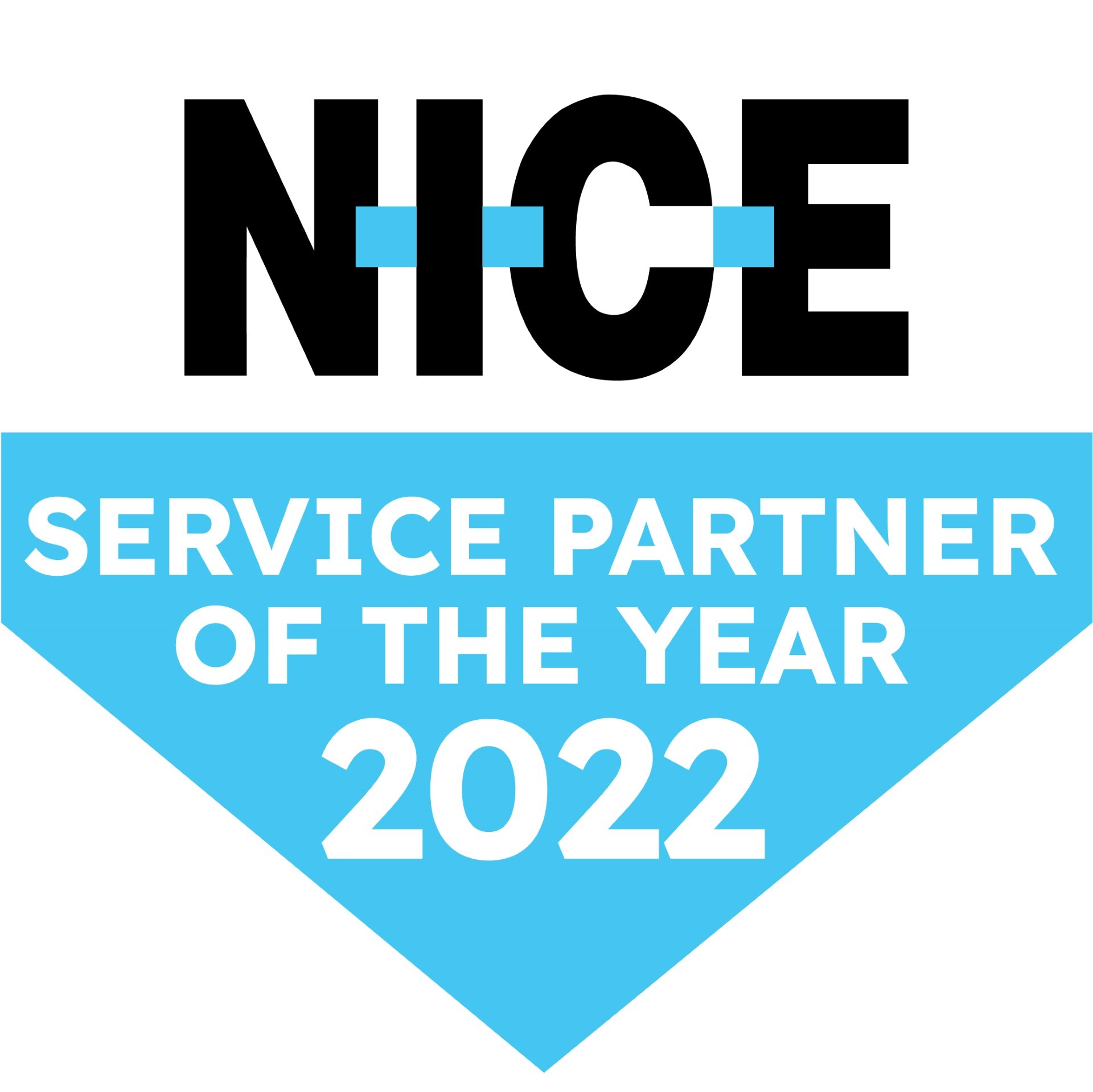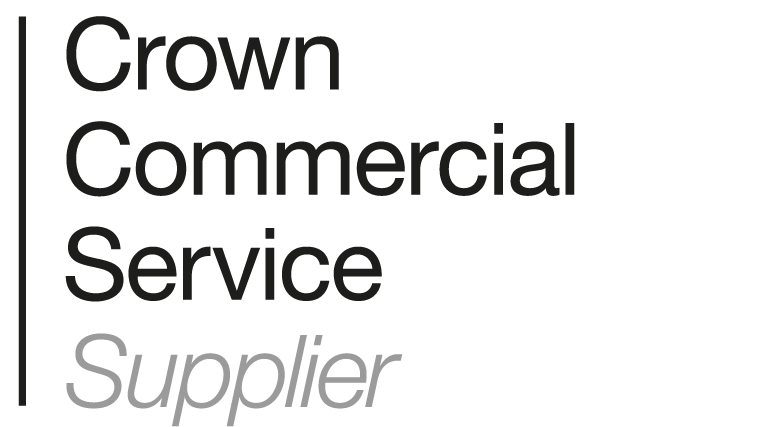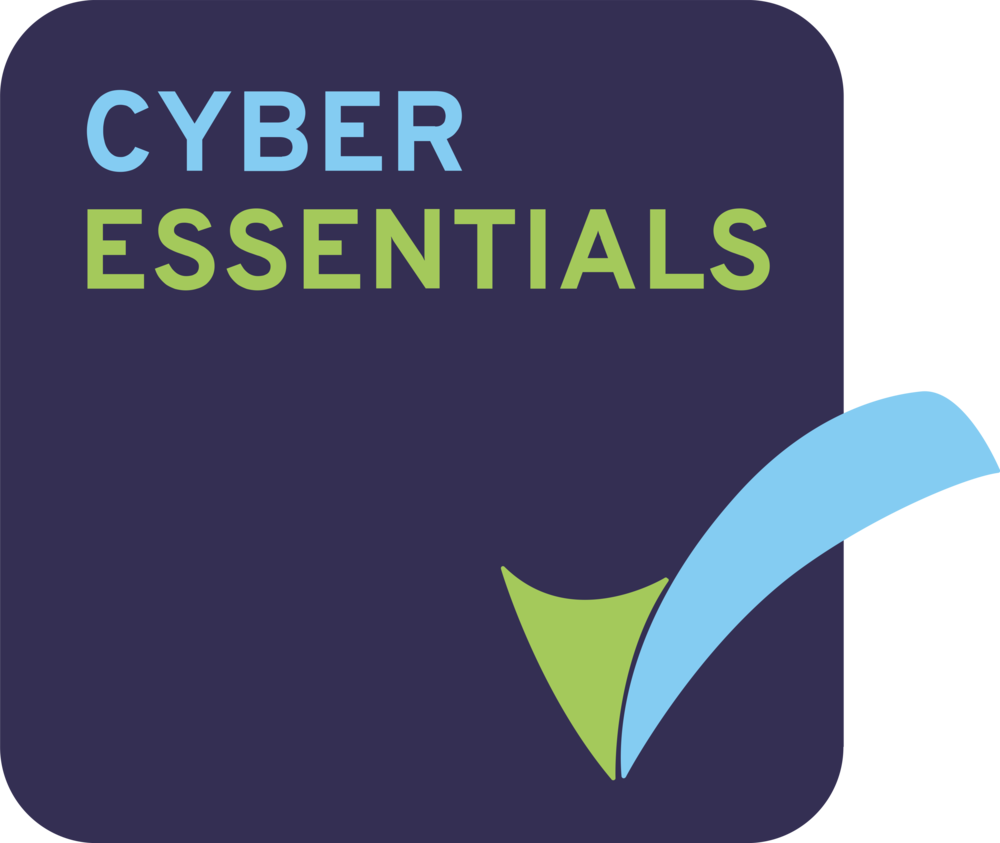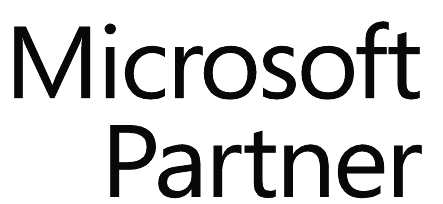Every call centre wants to improve the quality of its agents’ call handling. Unfortunately some of the methods for doing so can be pretty outdated. How can Call Quality Monitoring help?
Here’s a run-through of the call quality monitoring techniques that reap rewards and those that, well, don’t – from the stick-wielding days of old to the modern call quality monitoring technologies of today.
Side-by-side agent monitoring
Here’s a fact. Call recording came to prevalence in call centres in the late 1980s. Prior to that, side-by-side agent monitoring – the simplest form of quality monitoring – was the only option. But remarkably, it’s still practiced in some contact centres today. Supervisors pull up a chair next to an agent and score their performance while they make or take calls.
Effective? Not as much as it could be. It can be quite intimidating whilst putting additional pressure on agents. You are unlikely to get a true reflection of performance when your agent feels anxious. It’s a safe bet that they perform completely differently when they are more comfortable – think back to how you felt taking your driving test with an instructor scrutinising your every move, making notes, it is not a particularly natural or relaxing experience.
If you are only able to listen to one side of the call it can also be tricky to analyse an agent’s performance in a conversation. That’s a recipe for skewed data. This method of monitoring can build a culture of mistrust between supervisory staff and call agents too, which is no good for morale, engagement or staff retention. You might have to wait a very long time before you have any meaningful data that can contribute towards improving agent performance. Next.
Call recording and manual evaluation
Call recording is now de rigueur for contact centres. But having data is one thing; using it is quite another. There are still a number of contact centres who have no real framework or set policy for managing their call evaluation process. Often supervisors will select calls to analyse at random, noting their findings in an Excel spreadsheet. Not quite as slick as it could be and pretty labour intensive.
The problem here lies with finding the right calls to evaluate. The vast majority of calls are average and will offer you very little to learn from when it comes to agent performance. But it’s the calls that deviate from the norm that you need to find. With no ability to pinpoint them you are left blindly groping for the nuggets of insight that you can use to benchmark the best performance and eradicate the worst.
This method of manual evaluation is also extremely time-consuming. Evaluators have to sift through vast logs of recorded calls with no guarantee of finding anything meaningful. Sounds like time might be better spent elsewhere, doesn’t it? There are issues with consistency too. With no framework for evaluation it’s unlikely that your supervisors will be scoring calls uniformly. That’s a little unfair on your call agents and can lead to serious issues with morale and attrition.
Call recording with fully automated quality monitoring software
Now we’re talking. Modern quality monitoring applications automatically index calls based on a wide range of parameters. Many of the tiresome manual processes are replaced, results are automatically accumulated and reports generated to alert evaluators to good or bad agent performance.
The list of benefits regarding today’s quality monitoring technology is long.
- Search for calls on parameters like date, time, agent or call duration.
- Quickly detect the right calls to analyse for examples of best practice.
- Improve agent development with customised learning materials that can be accessed from the agents workstation.
- Empower your staff to self-evaluate for a broad overview of each call’s performance.
- Auto-generate performance reports to share with management.
- Speed-up playback on recordings by up to 25% and unlock huge time-savings.
And that really is the tip of the iceberg in terms of what it can do for your business. The really good news is that as the market for this technology has evolved, the cost to acquire call quality monitoring has come down significantly in price. It’s now an affordable option for the smallest of contact centres and some of the more competitively priced systems out there include call recording, quality monitoring and word search analytics all neatly packaged together.
Find out how you can use call quality monitoring applications to transform agent performance.
To find out more about how call quality monitoring can benefit your organisation contact us now or call 0800 458 2988 for more details.















